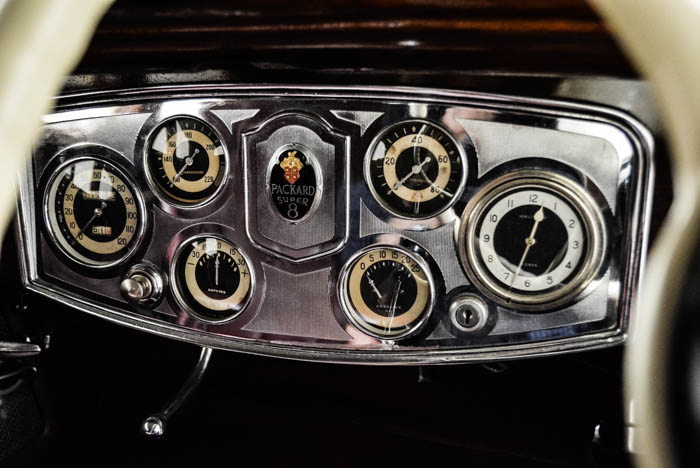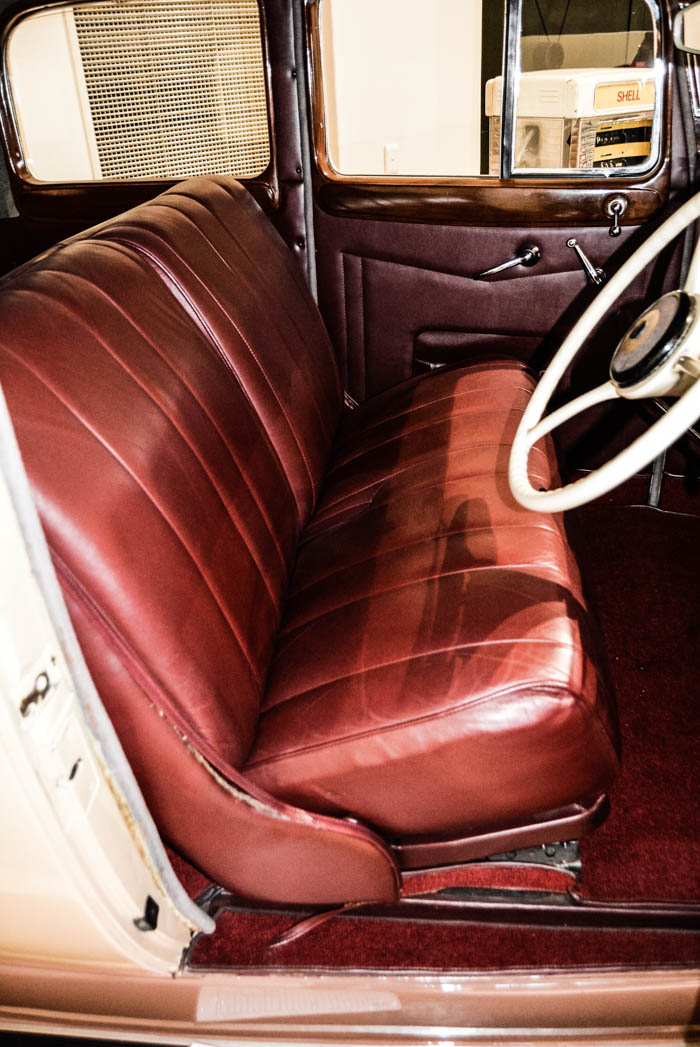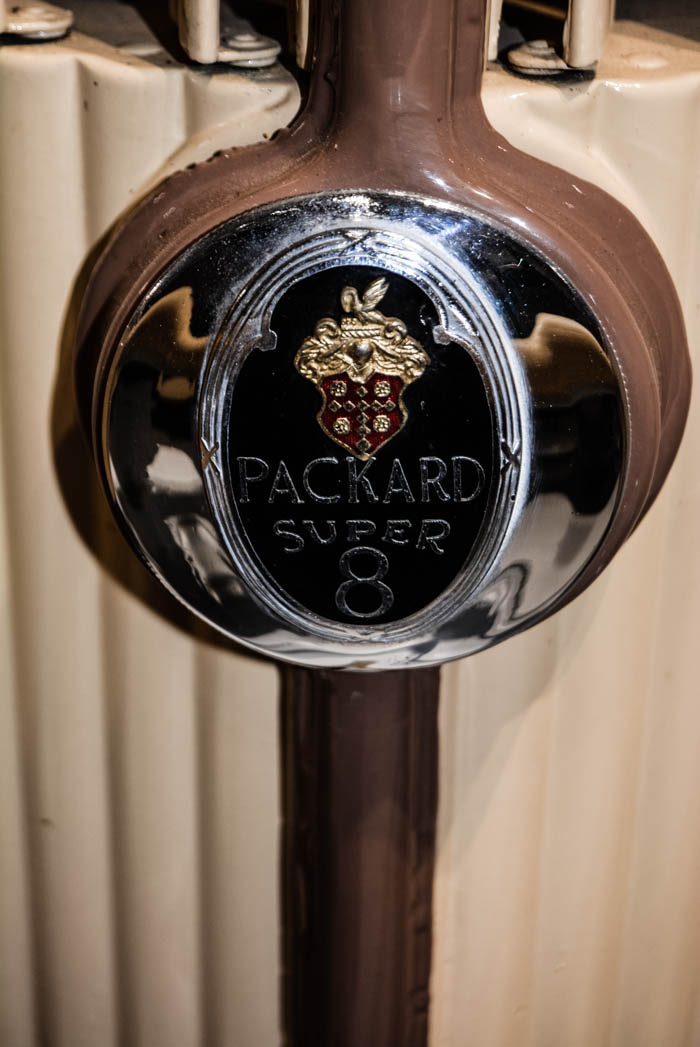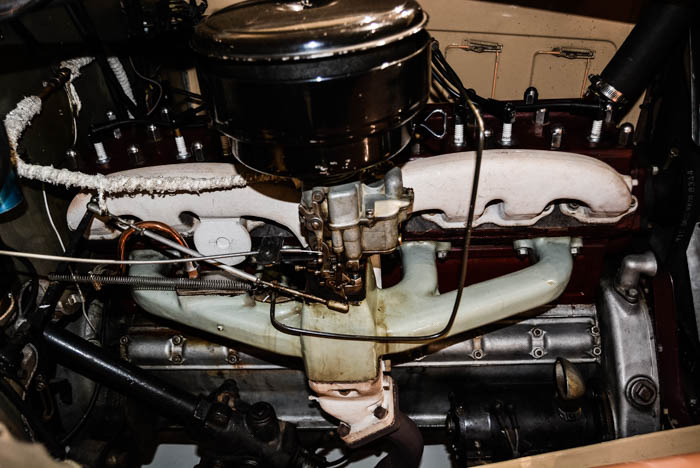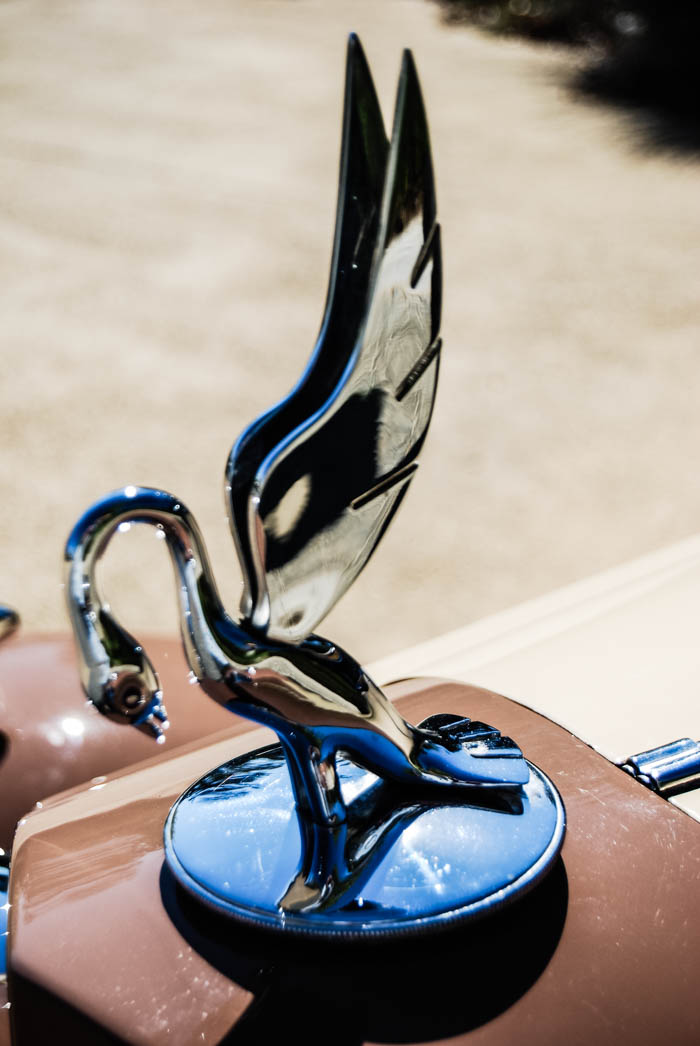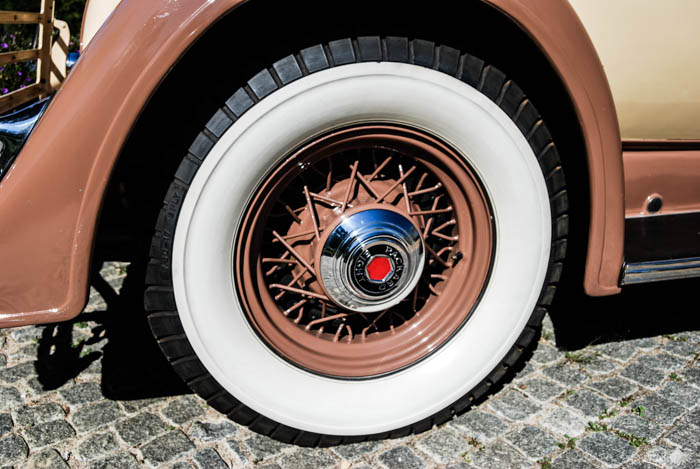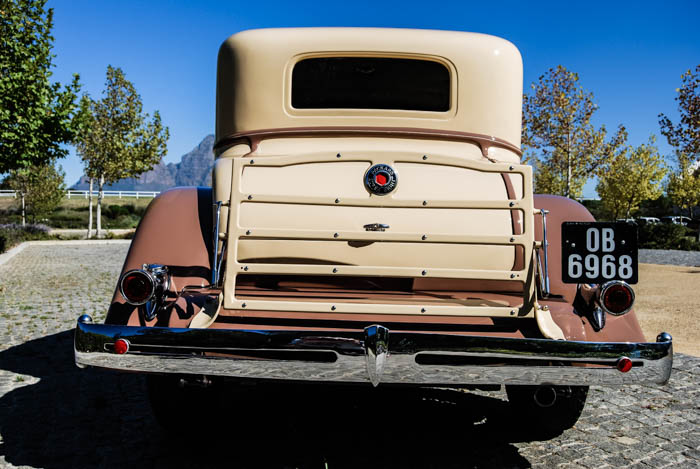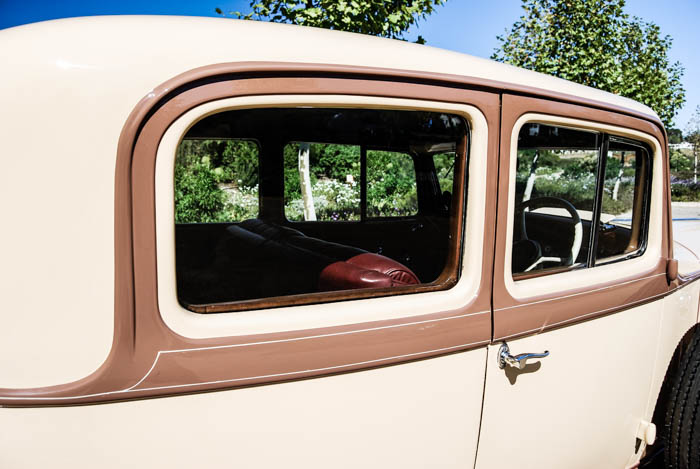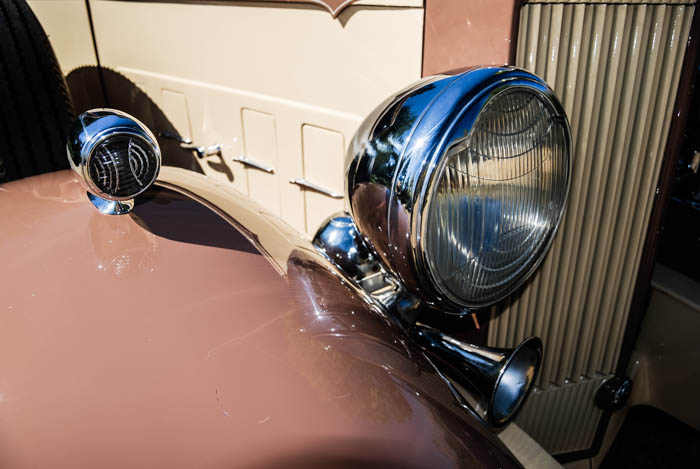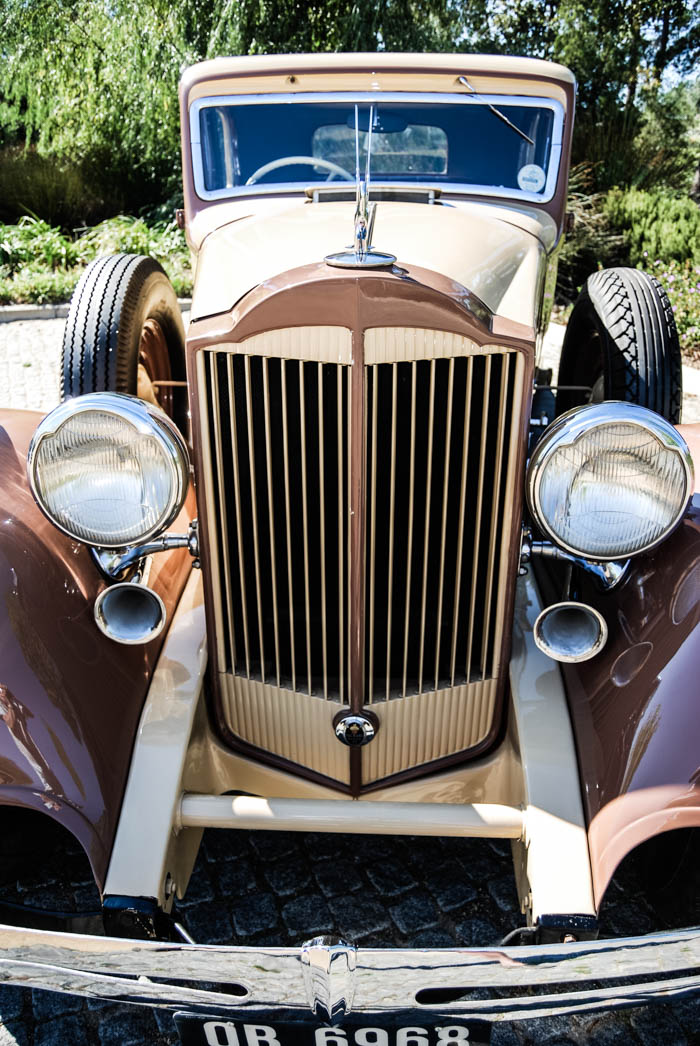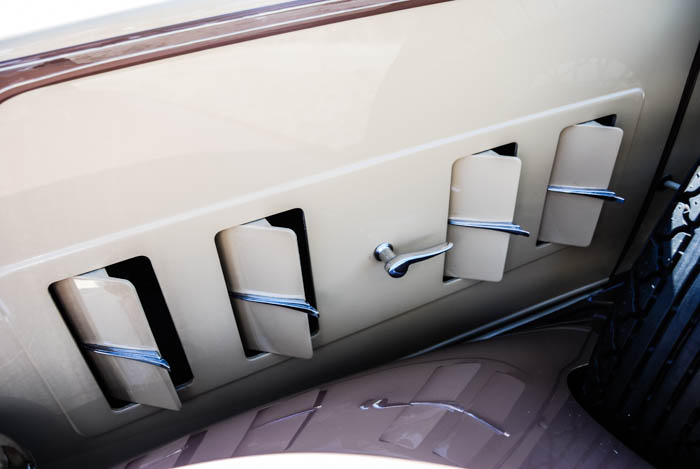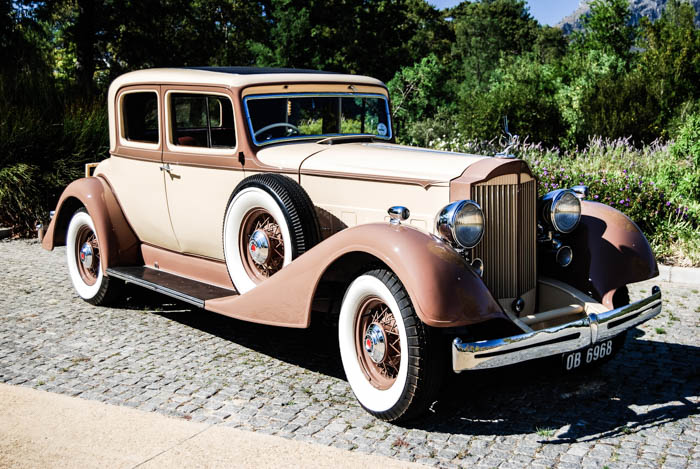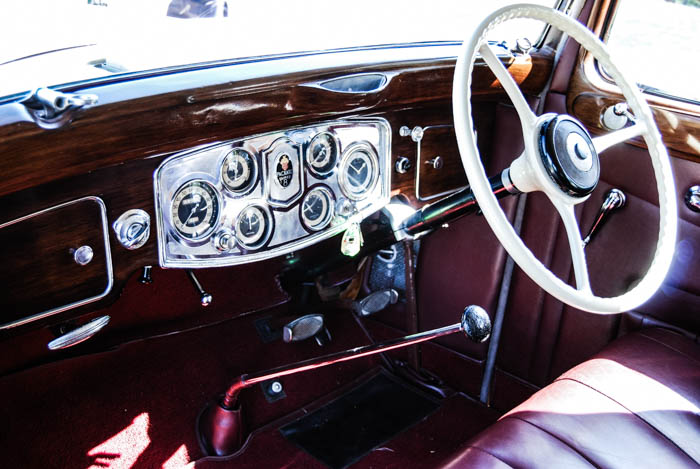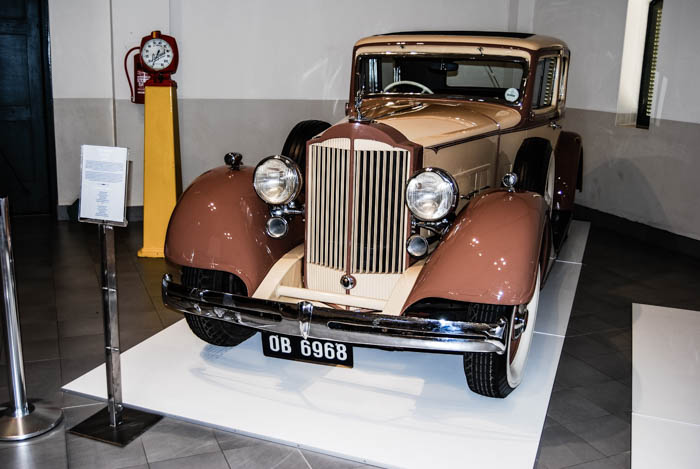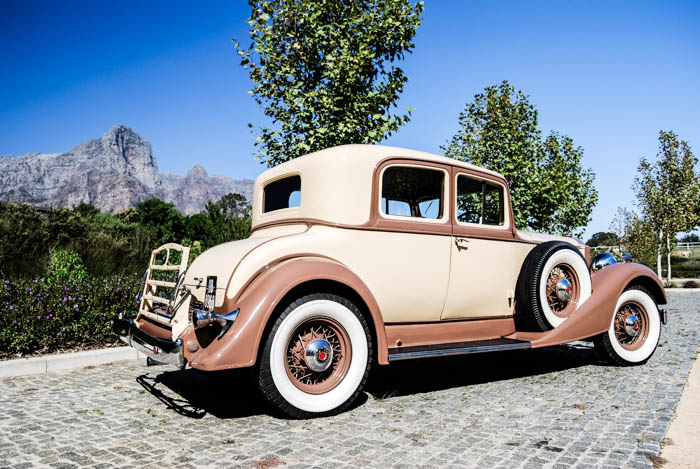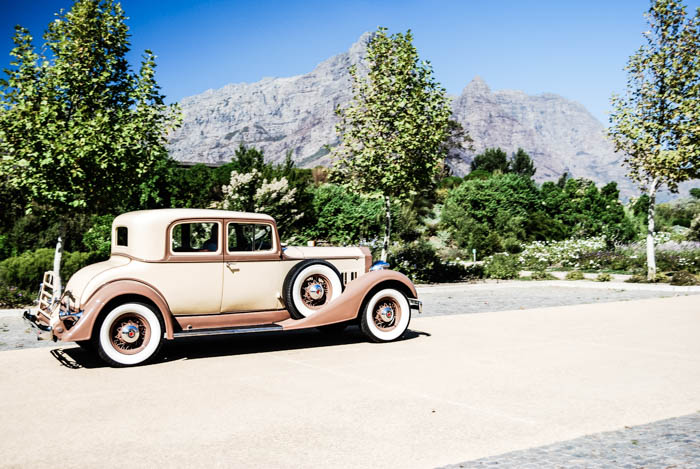
30 Aug Collection in Action: Packard 1934
‘Ask a man who owns one’ is the advertising catchline. “Wayne, can I have a drive, please?” Mike Monk samples a Super 8 that has got nothing to do with old home movie reels…
The story goes that when James Ward Packard bought a Winton in 1898 he was so disillusioned with his purchase that he took it back to the maker, Alexander Winton, and expressed his disappointment to such an extent that he was told that if he thought he could do better, then go do it. So he did.
A year later, James and his brother William produced the first of five Model A Packards before the Model B – effectively the first production Packard – was introduced in 1900. Then followed a steady stream of models and updates as Packard attempted to show Winton how it should be done. By 1901, millionaire William D Rockefeller had switched his motoring allegiance from Winton, and in 1903 a Model F was driven from San Francisco to New York in 61 days, bettering the time set by a Winton by two days. Point proven.
But James was not to be part of the burgeoning success. Businessman Henry B Joy had brought some much-needed Detroit investment to the company that resulted in the factory moving to Motor City in 1903, leaving James and William behind. By this time, wealthy US East Coast residents had quickly taken to Packard and the name was being identified with affluence. One can only wonder how much of this could be attributed to the novel advertising tag line that first appeared in late-1901, ‘Ask the man who owns one’. It was an approach that would endure throughout Packard’s history.
Fast forward to the Roaring ’20s and by then Packard was recognised as one of America’s leading auto makers, a name synonymous with fine cars, its statuesque grille (introduced in 1903) pointing to a way of life amongst the well-to-do. Instead of introducing new or revised models annually, from 1923 Packard began using a ‘Series’ formula with no strict time frame for differentiating its model changeovers. The company had sold more cars in foreign lands than all the other American makers combined, and it was said, “Rest your finger anywhere on the slowly revolving globe and there you will find Packard”. Then the stock market collapsed.
With so much success deep-rooted in the pre-Depression era, Packard’s engineers defied the gloom and set about the challenge of being ready for when the good times rolled again, with the straight-eight engine first seen in 1923 a focal point.
To launch the ’34 model, Packard gathered 1200 dealers and sales executives to Detroit to be introduced to the new car and let them drive home in one believing it to be “the yardstick for which all fine cars in the future will be measured”. Each dealership had books prepared citing the experiences of owners in the community, working on the principle that ‘Packards should be bought rather than sold. Ask the man who owns one’.
Built for the right-hand drive Canadian market, the FMM’s Eleventh Series two-door, two-tone, pin-striped sedan is an imposing piece of machinery and seemingly quite unusual, built on a 147-inch (3 734 mm) wheelbase that was the common platform for a number of body styles at the time. The 384,8 cubic inch ( 6,3-litre) side-valve engine was apparently derived by mating a two-, a four- and another two-cylinder in line to create a straight-eight, which was a most unusual engineering approach. As a result, the engine has an odd firing order but is nevertheless smooth in operation.
From its lofty seating position, the Packard provides a real ‘king of the road’ experience, impressing me greatly with its presence and performance. The majestic radiator mascot provides a stylish sighting line, and once used to the central accelerator pedal and the rather grabby all-mechanical drum brakes (when they bite it STOPS), the Packard pulls easily from walking pace with more torque than Jay Leno. Packard was the first manufacturer with an H-pattern gearshift, and the long lever slipped neatly into position with the help of a surprisingly easy clutch. I soon learnt to appreciate the benefit of sitting close to a large-diameter steering wheel because this 2 360 kg aristocrat takes some heft to manoeuvre.
Although Packard most certainly could not have survived the Depression without the success of the cheaper Junior model range introduced in 1935, these entry-level models had the effect of diminishing the brand’s exclusive image among those few who could still afford an expensive luxury car. By the 1950s, Packard had lost its stellar image and an ill-chosen partnership with Studebaker killed off Packard as an independent brand in 1956.
‘Ask the man… An old Packard never dies: it just sheds distinction’, but after driving this ’34 I would be the first to contest that claim. The nobility of it all is as evident today as it ever was. With images of Packard owners Cary Grant and Mae West cruising down Santa Monica Boulevard in my mind, I could feel a star-struck tingle of Hollywood magic in my veins. Go on, ask me about it…
